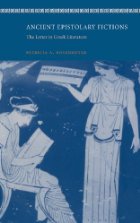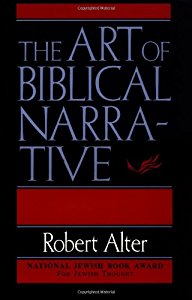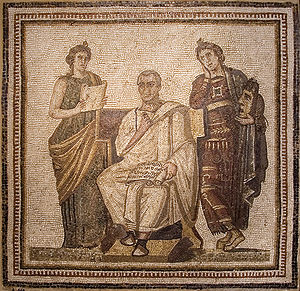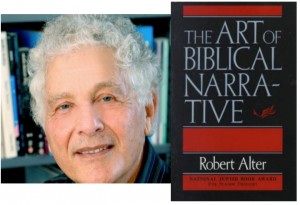 Continuing the series on Thomas Brodie’s Beyond the Quest for the Historical Jesus: Memoir of a Discovery, archived here.
Continuing the series on Thomas Brodie’s Beyond the Quest for the Historical Jesus: Memoir of a Discovery, archived here.
Chapter 16
PAUL: THE PENNY FINALLY DROPS
The last post in this series concluded with
If Brodie’s analyses are correct then it is clear that
the epistles and Luke cannot be taken at face value in writing a life of Paul. (p. 144)
One thing is clear. In recent years there has been a growing interest in literary analysis of the Bible and an increasing awareness of the use of the Septuagint in the composition of the New Testament works. And if literary analysis increasingly sheds light upon the Septuagint as a source of the epistles and Acts, reconstructing the life of Paul must become increasingly difficult.
So who or what was Paul and where did this character come from?
For Brodie, the answer hit him (“with a shock”) in 2008 after years of absorbing the contents of the work of Robert Alter, The Art of Biblical Narrative. To see Brodie’s thoughts on his first encounter with Alter’s work return to Act 3, Scene 1 (Too Strange!). In one of those light-bulb moments it suddenly occurred to Brodie that almost every chapter of Alter’s book aptly explained the New Testament epistles.
Like Hebrew narrative, the epistles are reticent. And composite. And repetitive. And, standing out from the list: like Hebrew narrative, the epistles are historicized fiction.
Historicized fiction.
A mass of data had suddenly fallen into place.
What hit me was that the entire narrative regarding Paul, everything the thirteen epistles say about him or imply — about his life, his work and travels, his character his sending and receiving of letters, his readers and his relationship to them — all of that was historicized fiction. It was fiction, meaning that the figure of Paul was a work of imagination, but this figure had been historicized — presented in a way that made it look like history, history-like, ‘fiction made to resemble the uncertainties of life in history’ (Alter 1981:27). (p. 145)

No doubt some will dismiss such an idea as unrealistic but to those people I would highly recommend reading Patricia Rosenmeyer’s Ancient Epistolary Fictions — some critical details are discussed in an earlier post. (Brodie does not list Rosenmeyer in his bibliography.) Brodie refers to other known cases of epistolary fictions: the letters between Paul and Seneca, as well as more recent examples.
My own thoughts in response to Brodie’s view is that such a Paul would explain how it was so easy for so many different Pauls to appear, each one representing a different type of Christianity. We have more than one Paul represented in the canonical epistles. We have another Paul in Acts; and another in the Acts of Paul and Thecla. And so forth. The many Paul’s appear to have been sculptured out of various theologies, not biographical memoirs.
Brodie nonetheless wants to emphasize that such a notion does not mean Paul has no value for the faithful. The Good Samaritan is a fictitious character but represents an inspiring “truth”. Similarly, Paul remains an inspiring character who captures the essence of Christianity. Brodie quotes C. Martini (The Gospel According to St Paul):
Paul is a representative figure for all of Christianity. (Martini 2008:15)
Paul is a figure to be imitated, a model for the faithful. Christianity is encapsulated in his persona. There may have been an inspiring figure on which the literary person was based, but that historical person is not the literary one.
Brodie was not the first to come to this view. Bruno Bauer had also concluded that both Jesus and Paul had been “non-historical literary fictions”. Bauer’s doubts were taken up by many of the radical critics among the “Dutch, French, Anglo-Saxon scholars at the end of the nineteenth and the beginning of the twentieth century”. Brodie intimates that their doubts faded from the scene because their methods were largely undeveloped. (I’m not so sure that their views were sidelined because of criticisms of their “methods”. Brodie is surely being very optimistic in relation to his peers.)
.
Paul as a Literary Figure – Direct Evidence from the Epistles
1. Authorship
It is now widely accepted that Paul did not write all the letters attributed to him in the NT. Continue reading “Making of a Mythicist, Act 4, Scene 5 (How Paul Was Made)”



